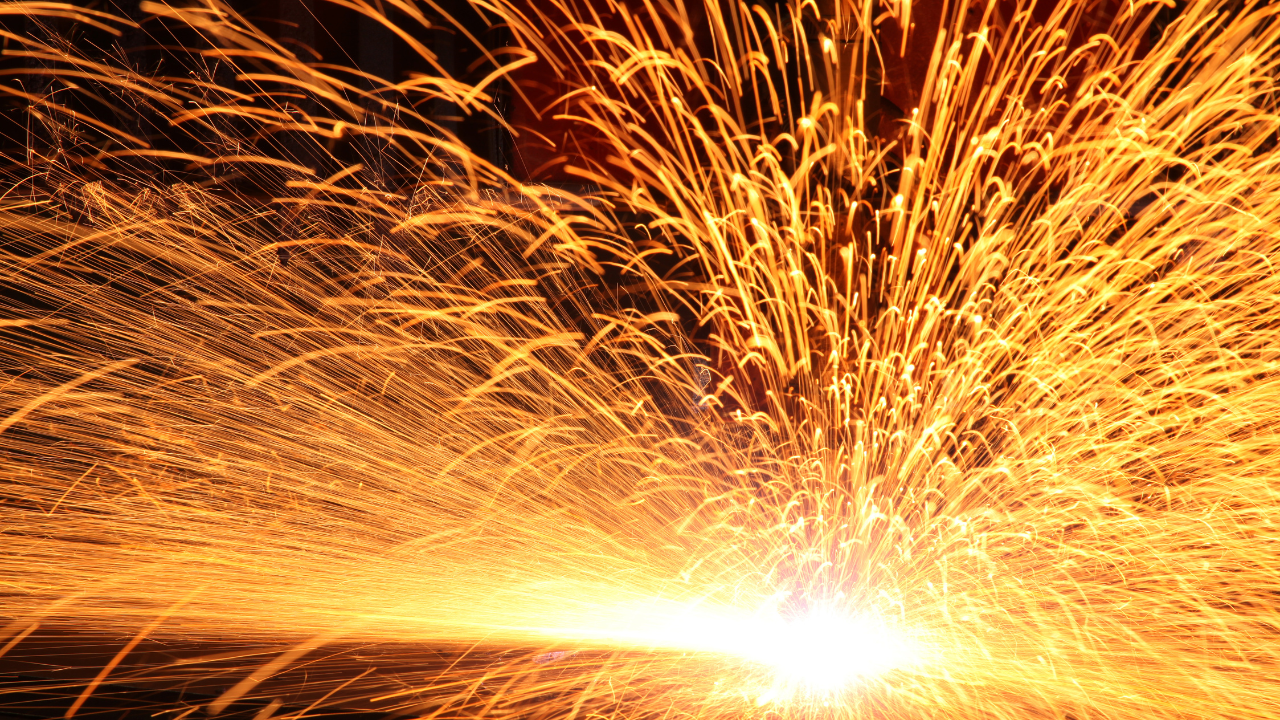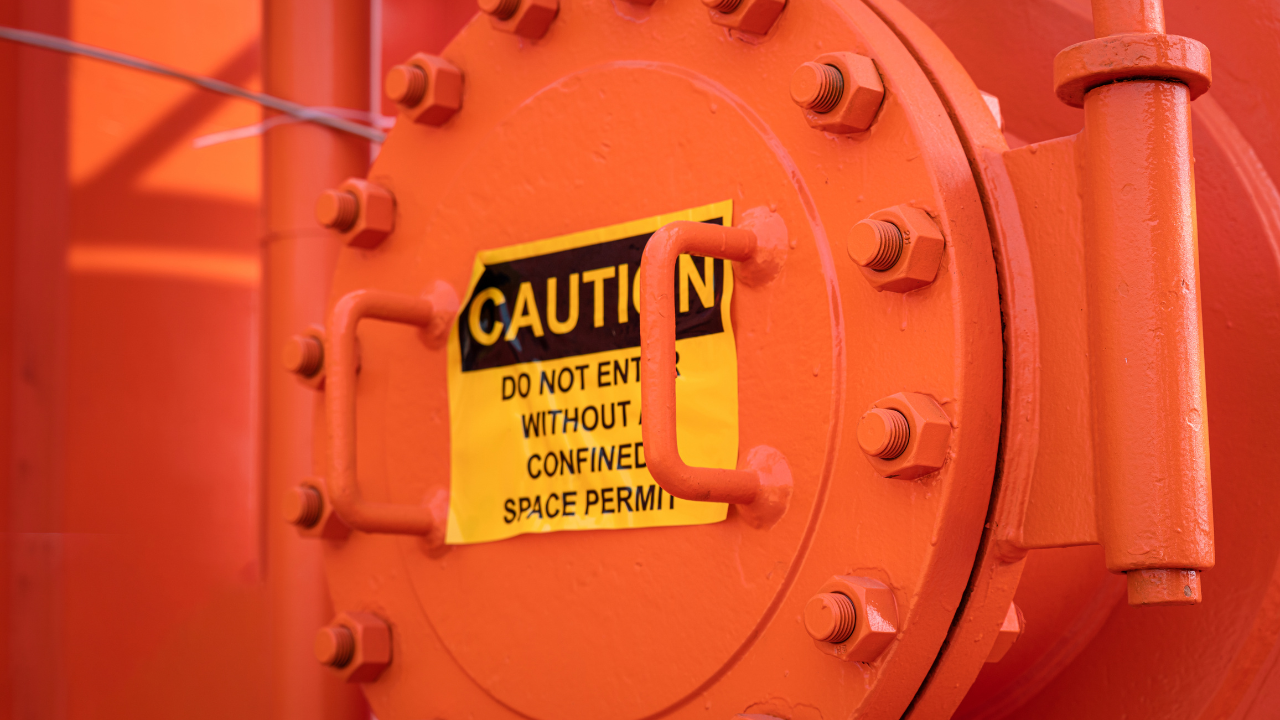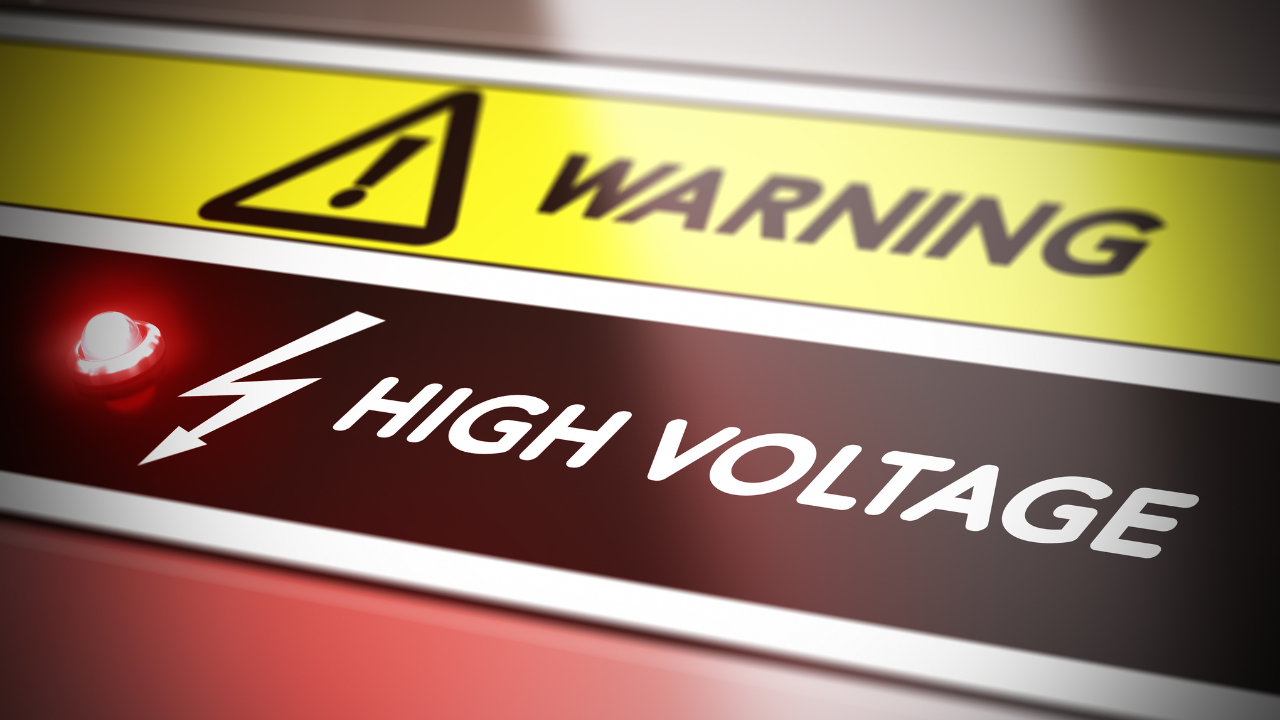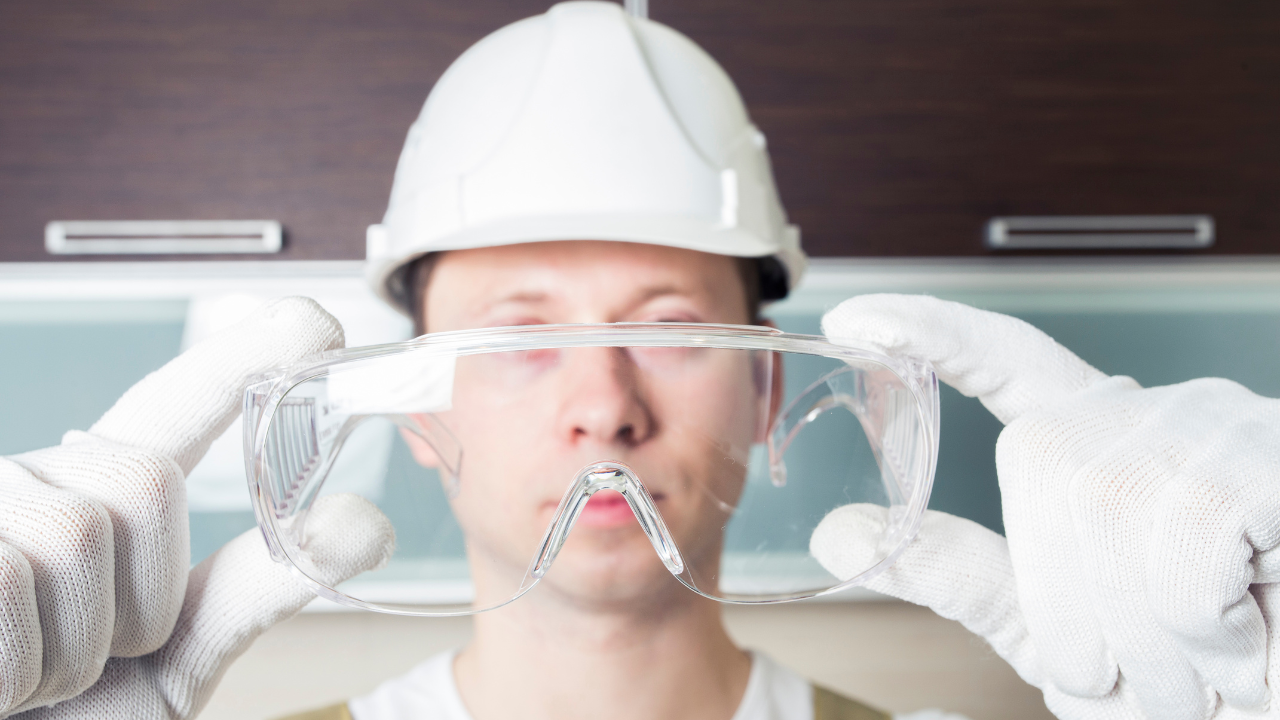All About Eye Protection
David Roll & Ken Duffie & H.L. Bouton, Plant Safety & Maintenance
On-the-job accidents and injuries are most often a result of negligence and unsafe working conditions. In an effort to protect workers, the Occupational Safety and Health Administration (OSHA), created standards 1910.132 and 1910.133, to address requirements for providing Personal Protective Equipment (PPE) and eye protection in the workplace. However, most employers find it hard to sort through the standards to get to the heart of what they really mean in everyday life.
OSHA STANDARDS 1910.132 AND 1910.133
OSHA Standard 1910.132 (Personal Protective Equipment) states that, “Protective equipment…shall be provided, used, and maintained [by the employer] in a sanitary and reliable condition wherever it is necessary by reason of hazards…encountered in a manner capable of causing injury or impairment in the function of any part of the body through absorption, inhalation or physical contact.”
The standard goes on to stress that if an employee owns his own protective equipment, the employer is responsible for making sure it is adequate in substance and design for the work performed, including maintenance and cleaning. That stands for all PPE to be used in the workplace. OSHA also requires that all employers, “…assess the workplace to determine if hazards are present, or are likely to be present, which necessitate the use of personal protective equipment (PPE).” If such hazards exist, the employer must, “select, and have each affected employee use, the types of PPE that will protect the affected employee from the hazards identified in the hazard assessment; communicate selection decisions to each affected employee; and, select PPE that properly fits each affected employee.” According to this standard, defective or damaged personal protective equipment shall not be issued or used in the workplace.
The employer is also responsible for documenting the required workplace hazard assessment in a written certification that states the workplace evaluated, a witness to the evaluation, and the dates of the assessment, as well as providing training to each employee who is required to use PPE. Each such employee shall be trained to know at least the following:
When and what PPE is necessary; how to properly “don, doff, adjust, and wear PPE”; the limitations, proper care, maintenance, useful life and disposal of the PPE.
Each employee needs to be able to demonstrate their understanding of the training, and the ability to use PPE properly, before being allowed to perform work requiring it. If an employer has reason to believe that any employee who has already been trained, is not yet familiar and skilled enough to use the PPE, that employee must be retrained. And, like the certification that is necessary in conducting a workplace hazard analysis, employers also need to verify that each affected employee has received and understood the required training. This certification must include, “the name of each employee trained and the date(s) of training.”
OSHA Standard 1910.133 (Eye and Face Protection) requires that, “Employers shall ensure that each affected employee uses appropriate eye or face protection when exposed to eye or face hazards….”
This standard also conveys that employers are responsible for making sure that eyewear with side protectors are issued when danger of flying particles exists, and that the correct filter lenses are used when the employee is in danger of, “injurious light radiation.”
The Standard goes on to state that employees who wear prescriptive lenses while performing tasks that involve eye hazards, are issued eye protection that, “incorporates the prescription in its design, or wears eye protection that can be worn over the prescription lenses without disturbing the proper position of the prescription lenses or the protective lenses.”
Other items in the Standard include: The necessity of eye and face PPE to be clearly marked in order to identify the manufacturer; the stipulation that any protective eye and face devices purchased after July 5, 1994 conform with ANSI Z87.1-1989 standard; and eye and face protective devices purchased prior to July 5, 1994 conform with or be equivalent to the ANSI Z87.1-1968 standard.
For more from these authors on eye protection click to download: Guidelines for Preventing Eye Injuries in the Workplace
David Roll is vice president of marketing and Ken Duffie is engineering manager for H.L. Bouton Company, Inc., a manufacturer of safety eyewear located in Wareham, Mass.
Related Articles
Significant engineering and test efforts
have been undertaken in the last few years into the area of arc flash/blast hazards in electrical equipment. The result has been a better understanding of arcing faults and how to prevent and/or minimize the hazards to personnel and equipment. This paper highlights some of the findings that may help in safety management and equipment selection. This paper concludes with some design considerations that will help reduce the hazards of arcing faults.
Significant engineering and test efforts
have been undertaken in the last few years into the area of arc flash/blast hazards in electrical equipment. The result has been a better understanding of arcing faults and how to prevent and/or minimize the hazards to personnel and equipment. This paper highlights some of the findings that may help in safety management and equipment selection. This paper concludes with some design considerations that will help reduce the hazards of arcing faults.
See More
A confined space is defined as a workspace that is fully or partially enclosed, is not designed or intended for continuous human occupancy and has limited or restricted access, exiting or an internal configuration that can complicate provisions of first aid, evacuation, rescue or other emergency response services. Confined spaces can be found in almost all industries in Canada, which include tunnels, mines, grain silos, hydro vaults, shipping compartments, pump stations, boilers, chemical tanks and more. Every confined space is considered to be hazardous unless deemed not so by a competent person through a hazard identification and risk assessment.
A confined space is defined as a workspace that is fully or partially enclosed, is not designed or intended for continuous human occupancy and has limited or restricted access, exiting or an internal configuration that can complicate provisions of first aid, evacuation, rescue or other emergency response services. Confined spaces can be found in almost all industries in Canada, which include tunnels, mines, grain silos, hydro vaults, shipping compartments, pump stations, boilers, chemical tanks and more. Every confined space is considered to be hazardous unless deemed not so by a competent person through a hazard identification and risk assessment.
See More
One of the hot topics in electrical and mechanical training classes is the National Fire Protection Association (NFPA) 70E. Students question what 70E is and how it relates to the National Electrical Code (NEC), if 70E is a new regulation and if not why are they just now hearing about it, and if companies are required to comply with 70E. This article will take some of the mystery out of 70E.
One of the hot topics in electrical and mechanical training classes is the National Fire Protection Association (NFPA) 70E. Students question what 70E is and how it relates to the National Electrical Code (NEC), if 70E is a new regulation and if not why are they just now hearing about it, and if companies are required to comply with 70E. This article will take some of the mystery out of 70E.
See More
There are three basic electrical hazards that cause injury and death: shock, arc-flash, and arc-blast. Following these safety principles can result in a safer work environment and prevent injuries or even death.
There are three basic electrical hazards that cause injury and death: shock, arc-flash, and arc-blast. Following these safety principles can result in a safer work environment and prevent injuries or even death.
See More
In 2001, close to 100,000 people were treated in U.S. Hospital emergency rooms for eye injuries related to the workplace, yet this figure actually only represents a small portion of the total number of injuries. According to the U.S. Bureau of Labor Statistics, each day, as many as 2,000 workers incur eye injuries related to their jobs. According to Prevent Blindness America (PBA), 90% of these injuries are preventable.
In 2001, close to 100,000 people were treated in U.S. Hospital emergency rooms for eye injuries related to the workplace, yet this figure actually only represents a small portion of the total number of injuries. According to the U.S. Bureau of Labor Statistics, each day, as many as 2,000 workers incur eye injuries related to their jobs. According to Prevent Blindness America (PBA), 90% of these injuries are preventable.
See More
In this advisory, we are going to demonstrate how hazardous, documented, service, repair, and troubleshooting recommendations have proliferated the fluid power industry, leaving unsuspecting persons vulnerable to possible injury or death. Unsafe service, repair, and troubleshooting recommendations are running rampant throughout the fluid power industry - and there is no end in sight!
In this advisory, we are going to demonstrate how hazardous, documented, service, repair, and troubleshooting recommendations have proliferated the fluid power industry, leaving unsuspecting persons vulnerable to possible injury or death. Unsafe service, repair, and troubleshooting recommendations are running rampant throughout the fluid power industry - and there is no end in sight!
See More










